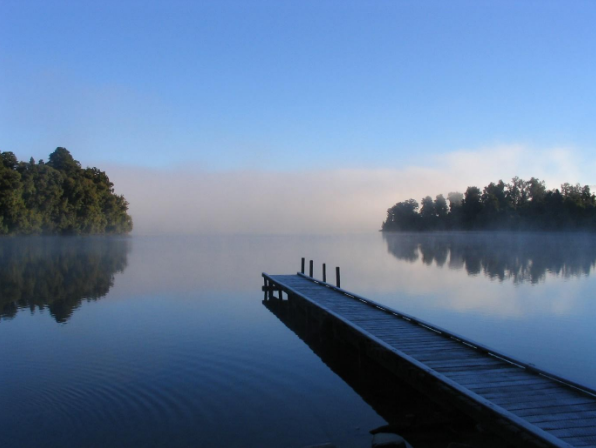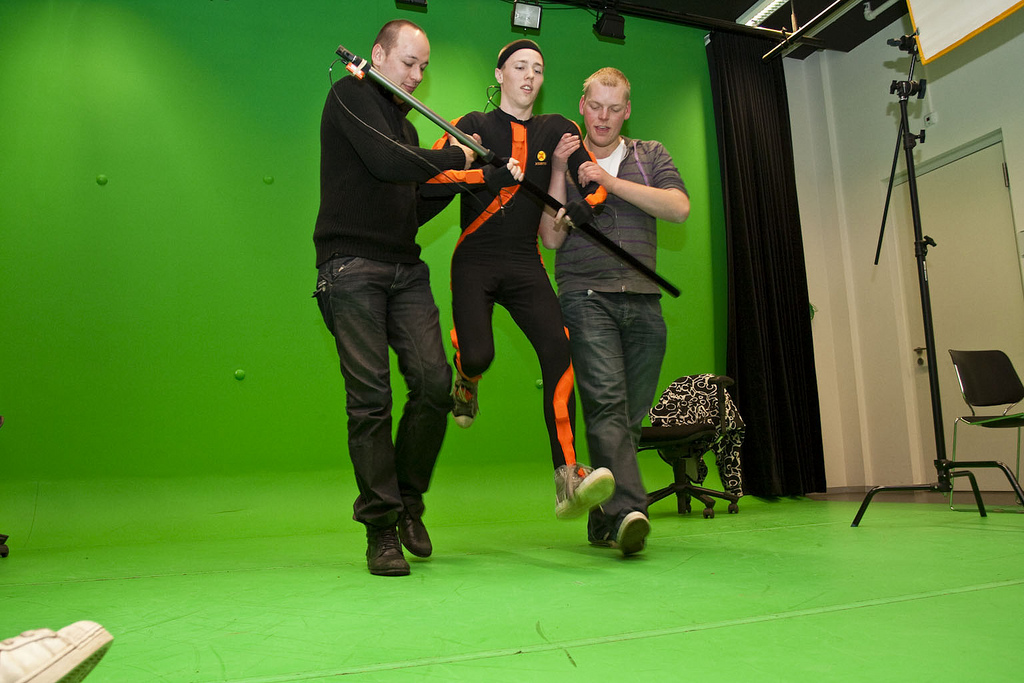Landscape photography is one of the most widely recognized and used forms of photography. In general, it is defined as photographing spaces in the world, which may be microscopic or vast, and may focus on anything ranging from natural scenery to human-made constructions. Most landscape photographs have little to no human presence. Despite the prominence and complexity of the field, there are some small specifications which can be adopted by any photographer to enhance their landscape photos immediately.
1. Paying attention to the depth of field
The standard approach that is adapted for landscape photography is increasing the depth of field so that a maximum part of the scene can be easily captured. While it is often necessary to experiment with the focus and depth of field, a general rule of thumb is maximizing depth of field. Simultaneously, the aperture settings must be at a large number because this directly impacts the depth of the field. It is important to remember that smaller apertures allow less light to hit the image sensor and hence, either ISO or shutter speed will have to be increased as compensation. However, keep in mind that these are simply generic guidelines, and great landscape photographs can often be clicked with entirely different settings because photography is a field of experimentation and creativity.
2. Foreground and sky
In most cases, landscape photographs will have either convex portions of foreground or sky to make them interesting. Hence, it is essential to study the scene and understand which elements are more interesting and which ones appear boring in comparison. A general rule is that the focus of the photograph must always be the most interesting element of the environment. So, if the sky seems extremely normal and boring, it is better to shift attention to the foreground so that viewers can visually maneuver the photo while getting a good sense of depth. However, if the sky appears dynamic, playful, or colourful, it is a good idea to experiment with shots that focus less on the foreground.
3. Weather and lighting
Anyone who has ever heard a few photography phrases knows the term ‘golden hour,’ which is the time of day when sunlight is optimum for well-lit photographs. These few hours are usually greatly coveted and photographers may spend hours or even days in pursuit of the perfect lighting conditions. The weather in the region also affects the lighting and background of the photograph. It is important to have some prior knowledge about the expected weather conditions before planning some landscape photos. perse environments like storms, heavy sunlight, winds, and hail can provide excellent opportunities for exciting and dynamic photographs.
4.Experimenting with eye levels
The level from which the photograph is clicked can make or break a landscape. The scene must be surveyed and understood before making this decision. There are a number of things to be considered including the various elements present in the frame and the main focus of the photo. As a creative photographer, try to click angles and from eye levels which are less convenient for more interesting photographs. This may involve the use of tripods and other equipment, or getting creative with the resources present in the environment.
5.Patience is a virtue
Landscape photography may seem simple because the subjects are essentially stationed in one place. However, this is a grave misconception, because good landscapes can take a very long time to compose and capture to absolute perfection. There are a number of relevant decisions which must be taken, and there may often be small moving elements which can greatly impact the photograph. Good landscape photographers spend hours on getting the perfect angle and lighting. In cases where the scene is dynamic, patience becomes even more important to ensure that settings are perfect. It is no wonder that a tripod is considered a vital part of every landscape photographer’s inventory.
6.Learn to read the histogram
Histograms are simple graphs which are used to understand the distribution of tones in an image. It is essential for any photographer to master the skill of reading histograms. The left side of the graph is for dark tones while the right side shows brighter ones. A basic concept here is that if the histogram appears to be shifting too much in either direction then it is an indicator of what changes need to be made in the camera settings. Regular histogram readings can help photographers in correcting their photographs and improving the composition and exposure.
7.Shooting in RAW
If your camera can shoot in RAW format, it is ideal to switch immediately. RAW files have more information and hence provide more flexibility in the post-production stages with minimal loss of quality and detail. The basic concept here is that RAW files can later be saved in other formats such as JPEG but vice versa is not possible because there would be permanent loss of information.
Happy clicking!




